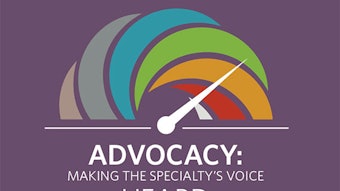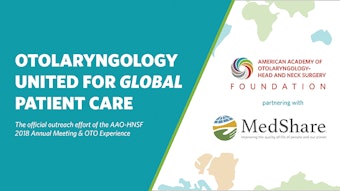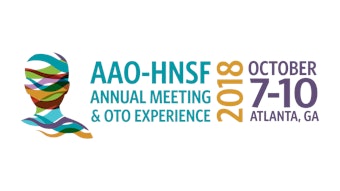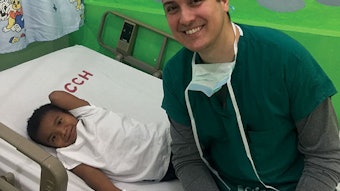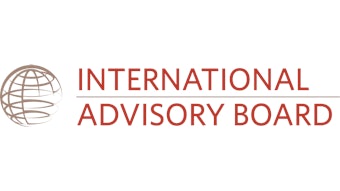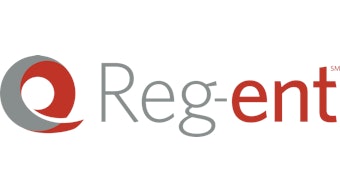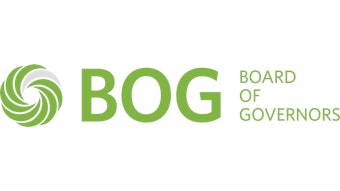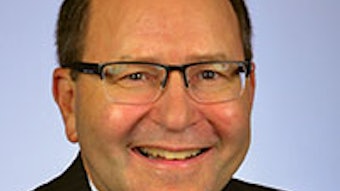Practice in an era of healthcare disruption
More health systems are feeling the pressure of impending consolidation due to a number of factors, including narrowing margins, tightened net incomes, unpredictable national health policy, costs, increasing regulatory burdens, and time to build a population health infrastructure.
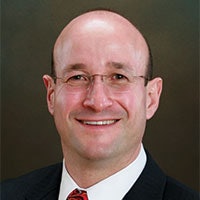 Gavin Setzen, MD
Gavin Setzen, MD
AAO-HNS/F Past President
Health systems are being pushed to either compete as their own horizontally or vertically integrated, high-value networks, or be rolled up into a larger organization. This trend has C-suite executives searching for opportunities to influence their market share and sustainability in the regional, national, and now international healthcare marketplace.
While Affordable Care Act delivery system reforms have been ongoing, the direction seems consistent for now, with emphasis on decreased mandatory bundles, easing of Merit-Based Incentive Payment System reporting, drive to Alternative Payment Models and Accountable Care Organizations (ACOs), and affirmation of so-called Value direction. Many Medicare and commercial ACOs have met with variable success, and several have failed. Reg-entSM, the AAO-HNSF qualified clinical data registry, is the tool that allows otolaryngologists to measure and report their data and demonstrate their quality care.
As physicians, we must reassess our practice environment, business model, opportunities and vulnerabilities, and financial stability in this ever-changing healthcare landscape in order to remain competitive and viable, and to ensure optimal patient care delivery. For those otolaryngologists who have chosen to transition to an “employment model,” it is important to set an accurate valuation for your practice, evaluate the “right partner,” and assess for common goals to identify strategic options to “set a course” for sustainability over time, with a shared vision and mission that is patient-centered.
There are other opportunities for “partnering” with larger entities by providing contracted services, allowing one the ability to recognize paths toward horizontal and vertical alignment to delivering clinical integration, while preserving a higher degree of independence and autonomy.
In my opinion, it is this healthcare disruption and uncertainty that will facilitate the continued success of private practice otolaryngology, which I believe is poised for growth. Depending on geographic location and other market forces, independent solo practice, small-group, large single-specialty group, multispecialty organization, and Single Tax-ID structures are all appealing alternatives, while there is also increasing interest in the Concierge (Direct Pay) Model.
Much of the reason the U.S. healthcare system is in need of overhaul is that control has been ceded to business interests and administrators. Data has shown that the number of physicians has grown only minimally over the past several decades, while the number of managers in healthcare has grown exponentially. Those of us working in the medical system, as well as our patients, experience the myriad harmful effects of relinquishing medicine to business people devoid of any experience or insight into the actual care of patients. As documented by Elisabeth Rosenthal in her book, An American Sickness: How Healthcare Became Big Business and How You Can Take It Back (Penguin, 2018), we now deliver staggeringly inefficient and low-quality care despite the resources dedicated to our medical system. Healthcare costs are approximating 20 percent of GDP. This is clearly unsustainable.
There have been innovative efforts to harness the potential efficiencies of big data, machine learning, virtual reality, and telemedicine with current practice patterns in order to provide efficient and high-quality care, with improved access and patient convenience. The recent CVS-Aetna merger; collaboration among Amazon, Berkshire Hathaway, and JP Morgan, and interest shown by Apple, Google, and others in transforming healthcare are just a few examples.
Many of those who seek to disrupt healthcare are driven by financial motivations and are more concerned with satisfying their boards of directors and shareholders. It is our challenge, our obligation, and our responsibility as otolaryngologists to reshape the narrative in healthcare and to redefine how healthcare is delivered.
I believe the U.S. healthcare system is poised for significant change in the coming years. We must strive to create a healthcare system that truly works for everyone by eliminating waste, inefficiencies, and the deleterious and disproportionate influence of stakeholders who profit from this uncertainty.
We Are One—moving ear, nose, and throat patient care onward and forward!



